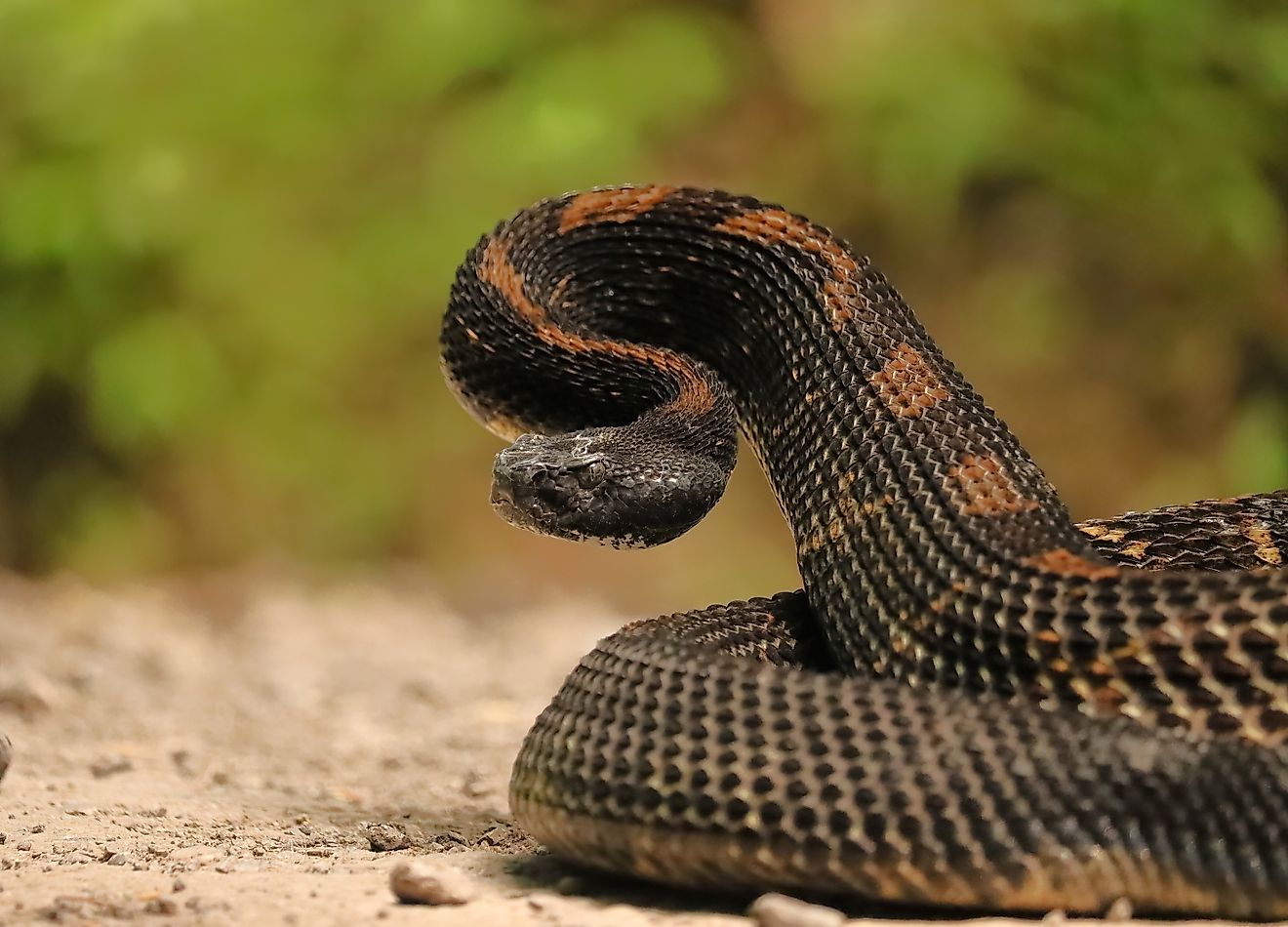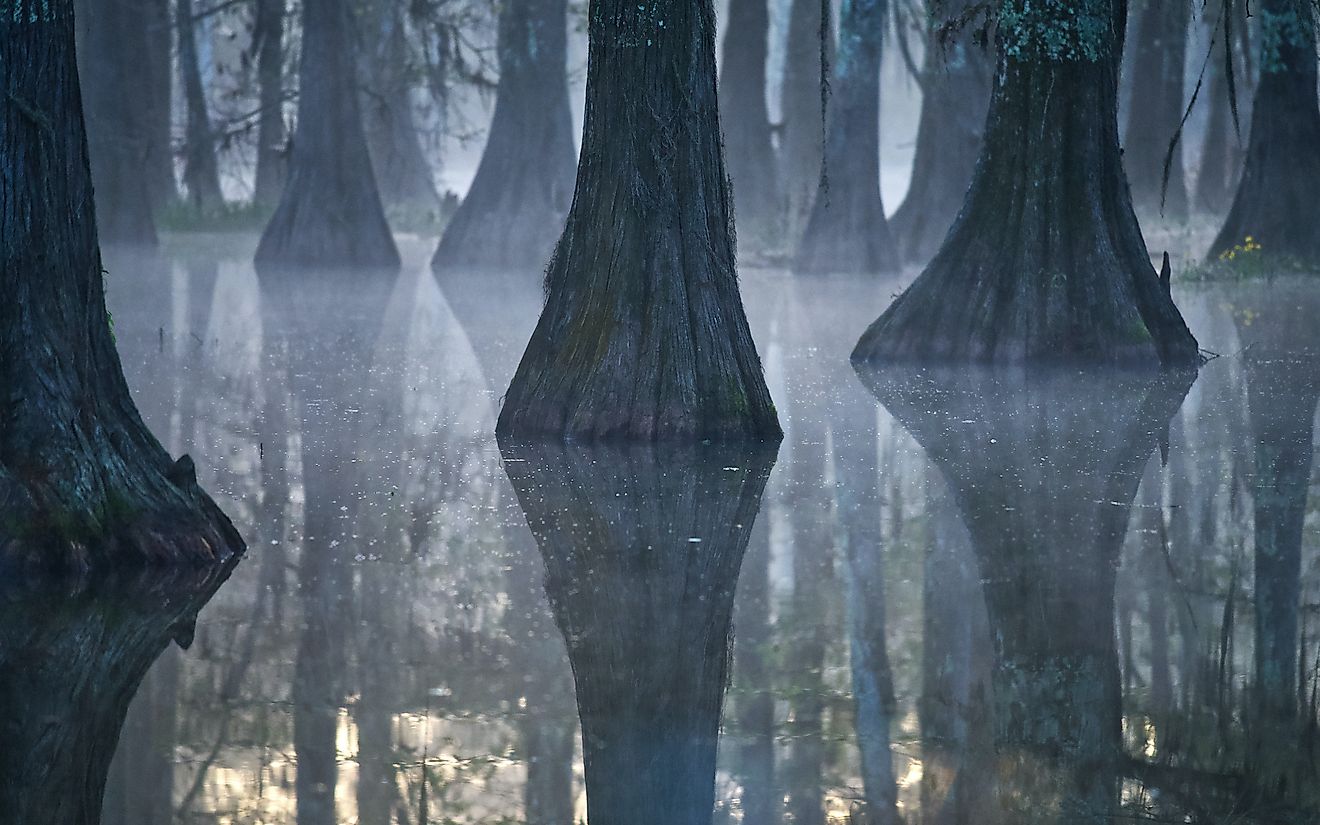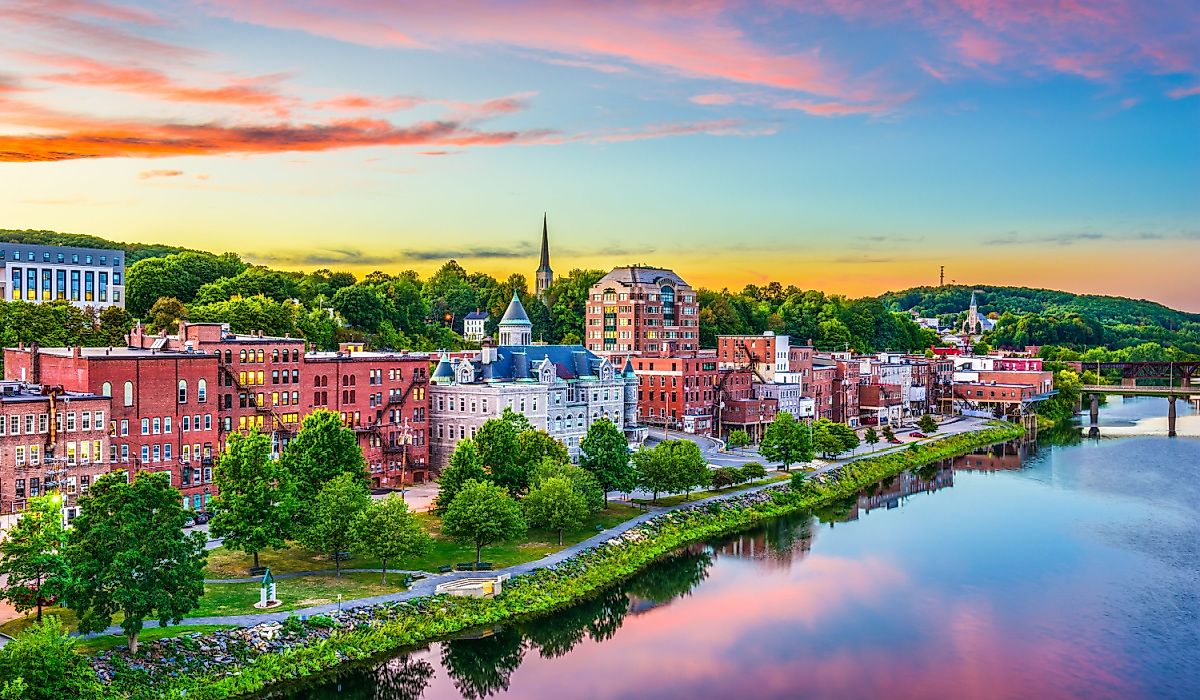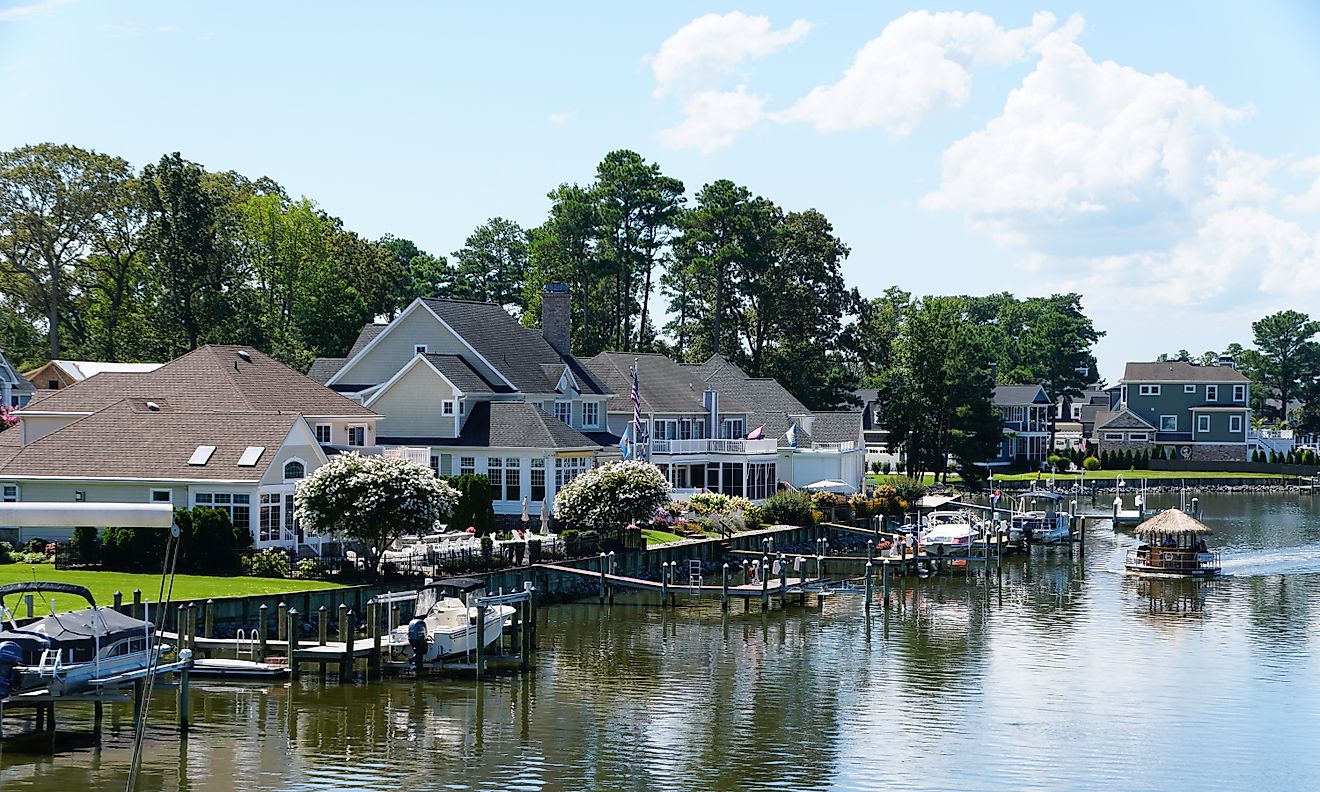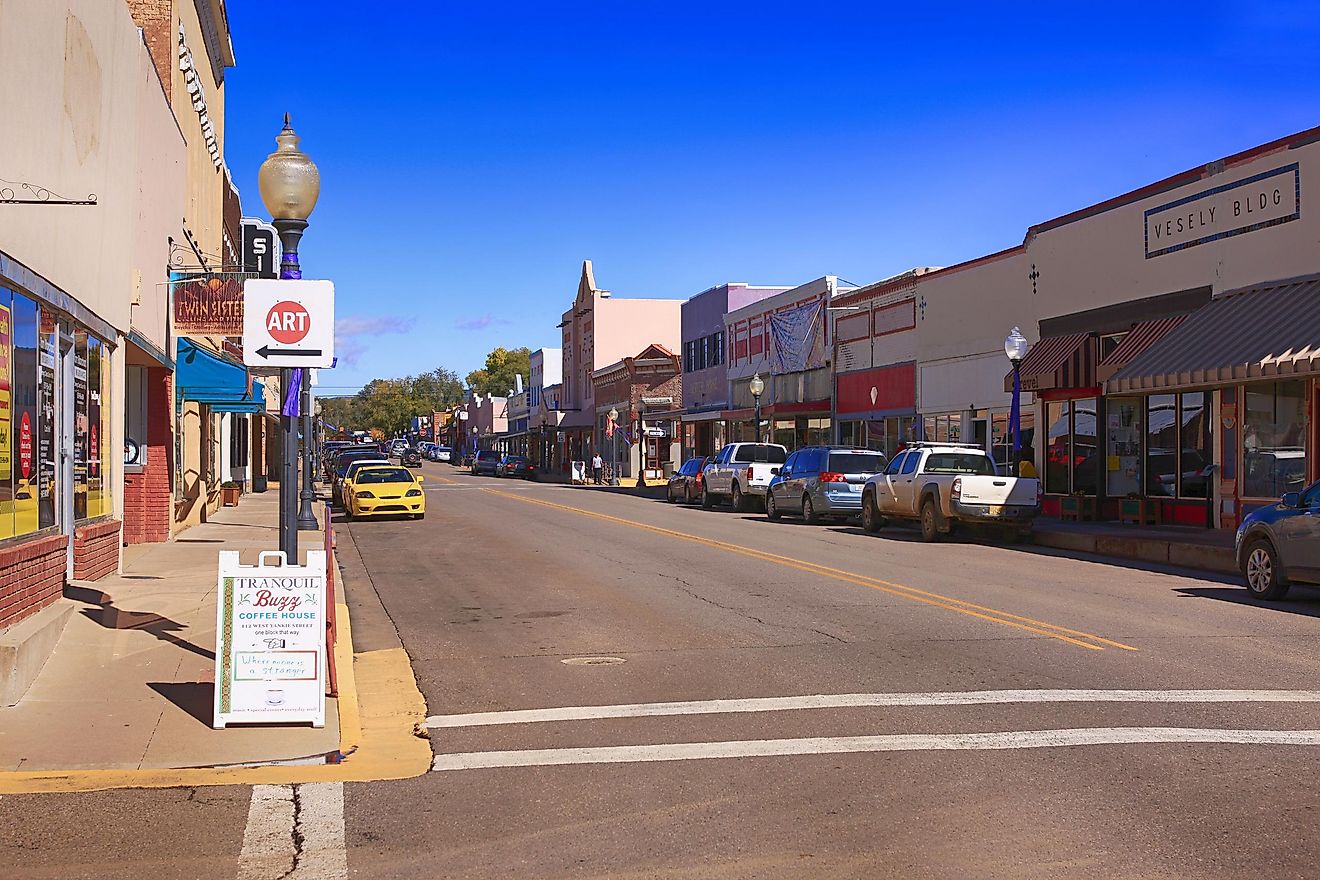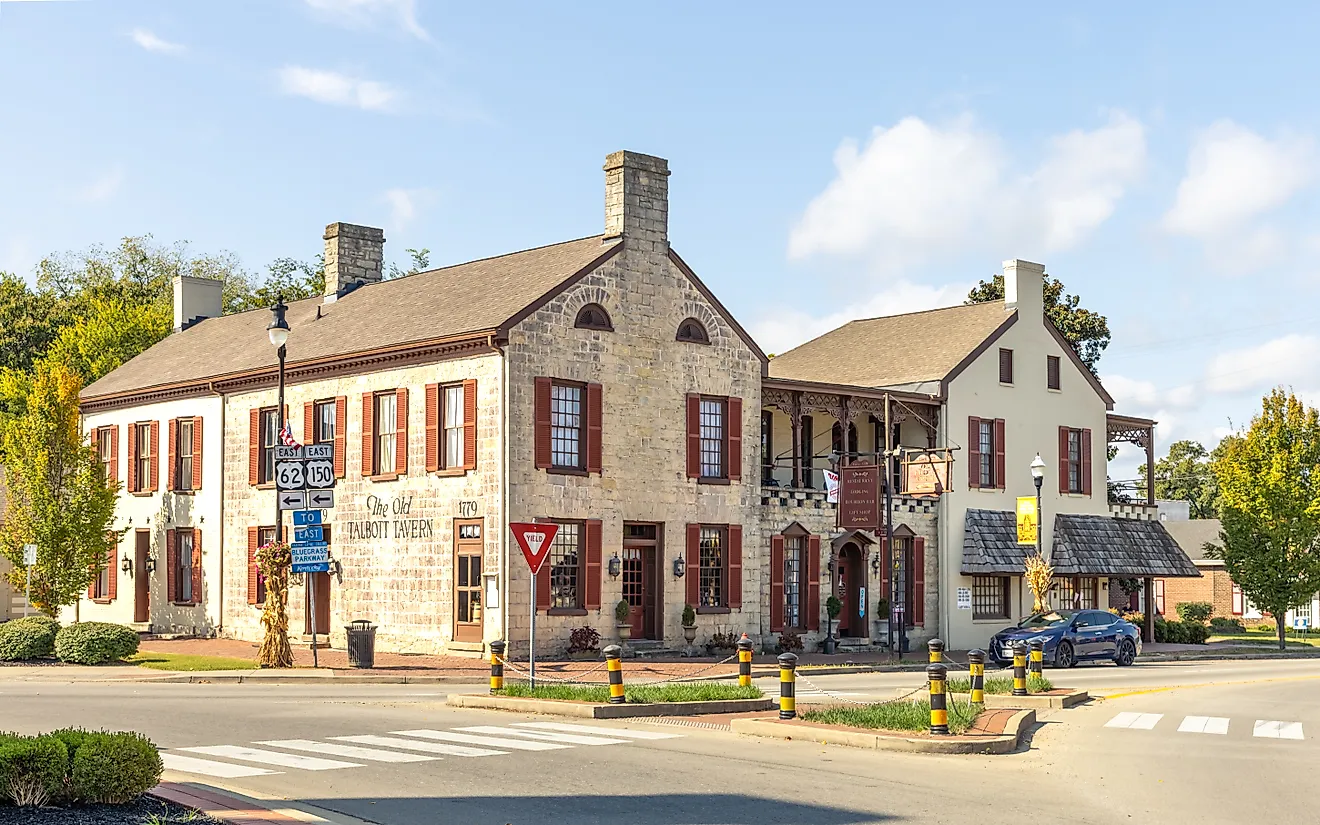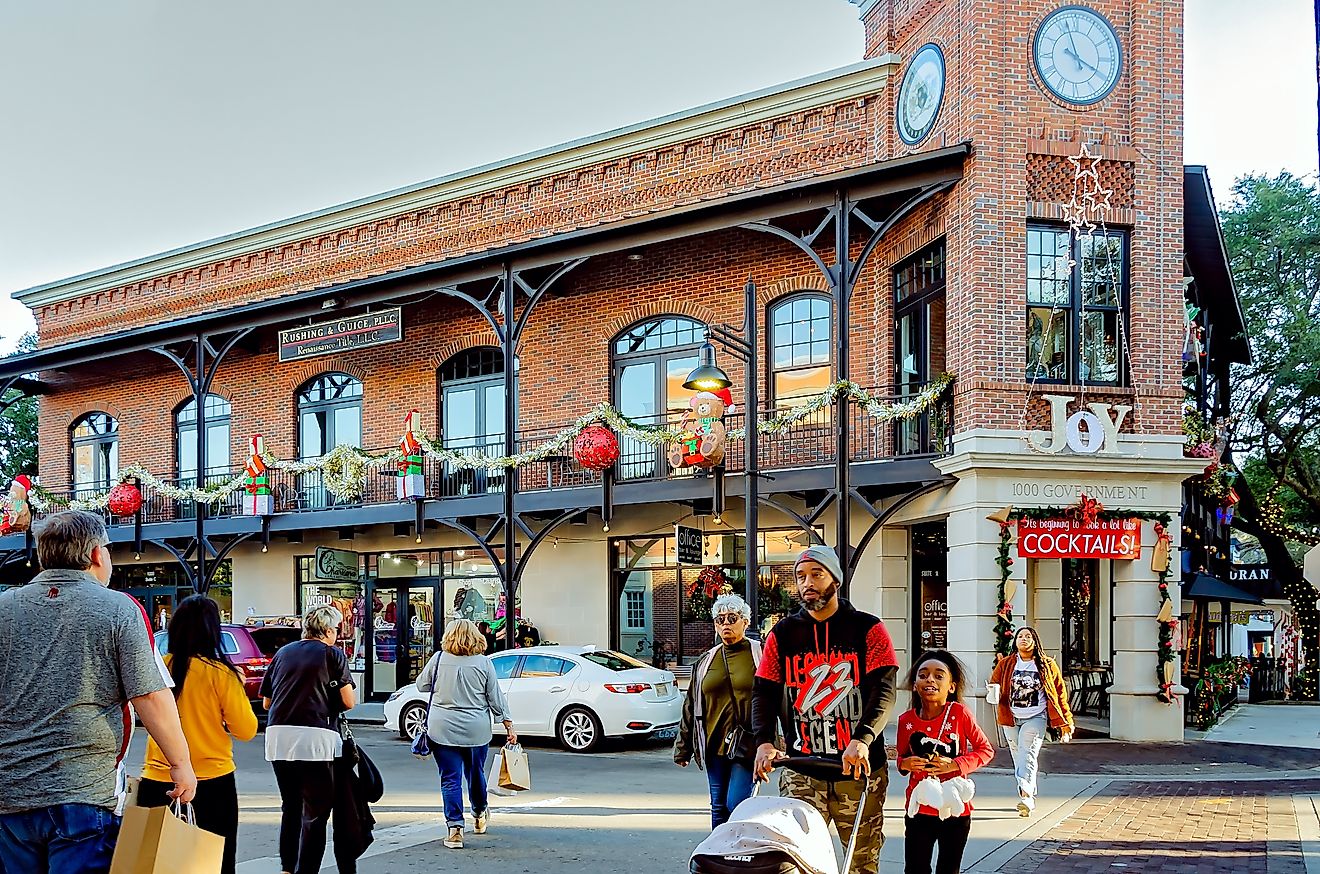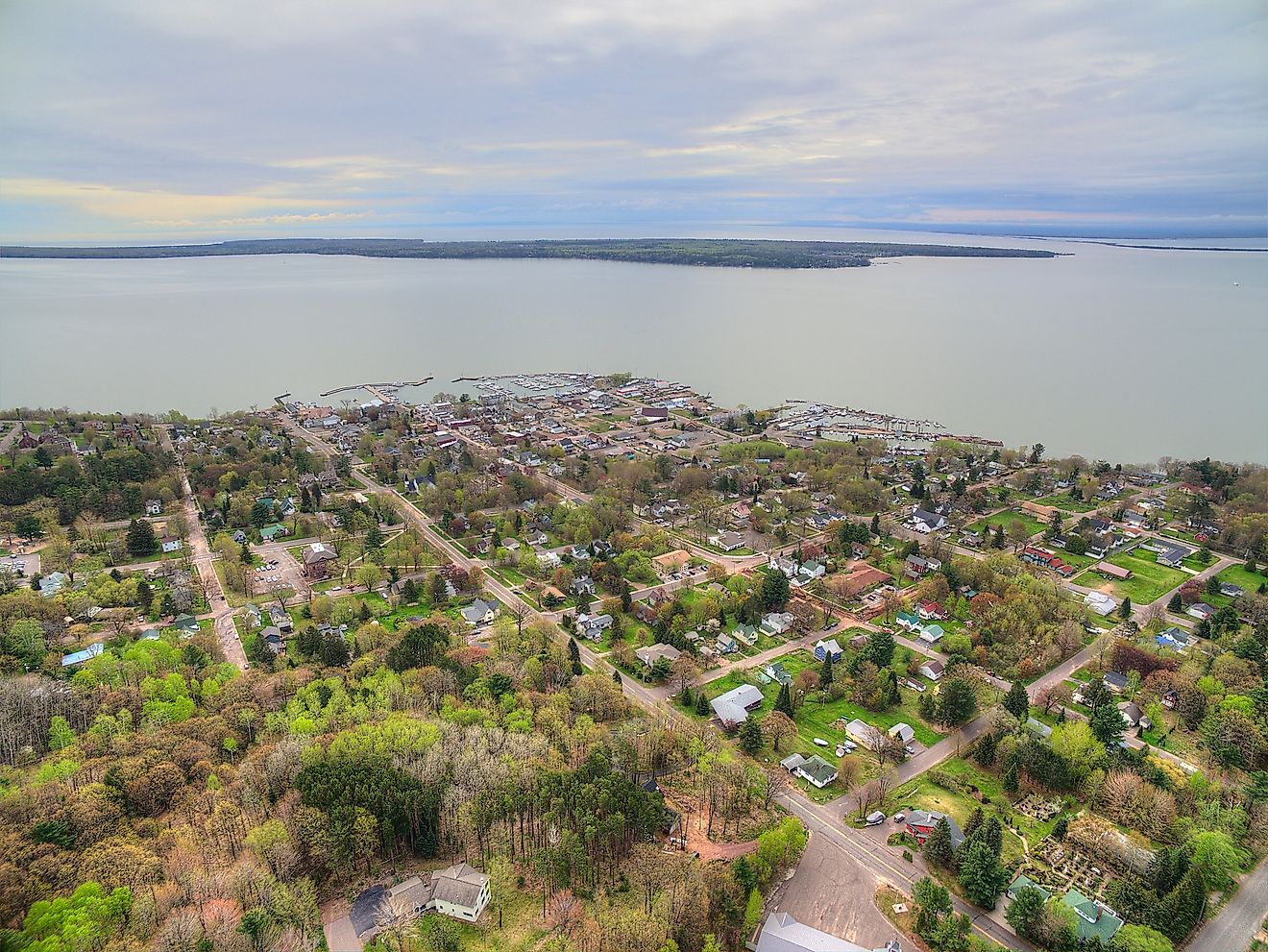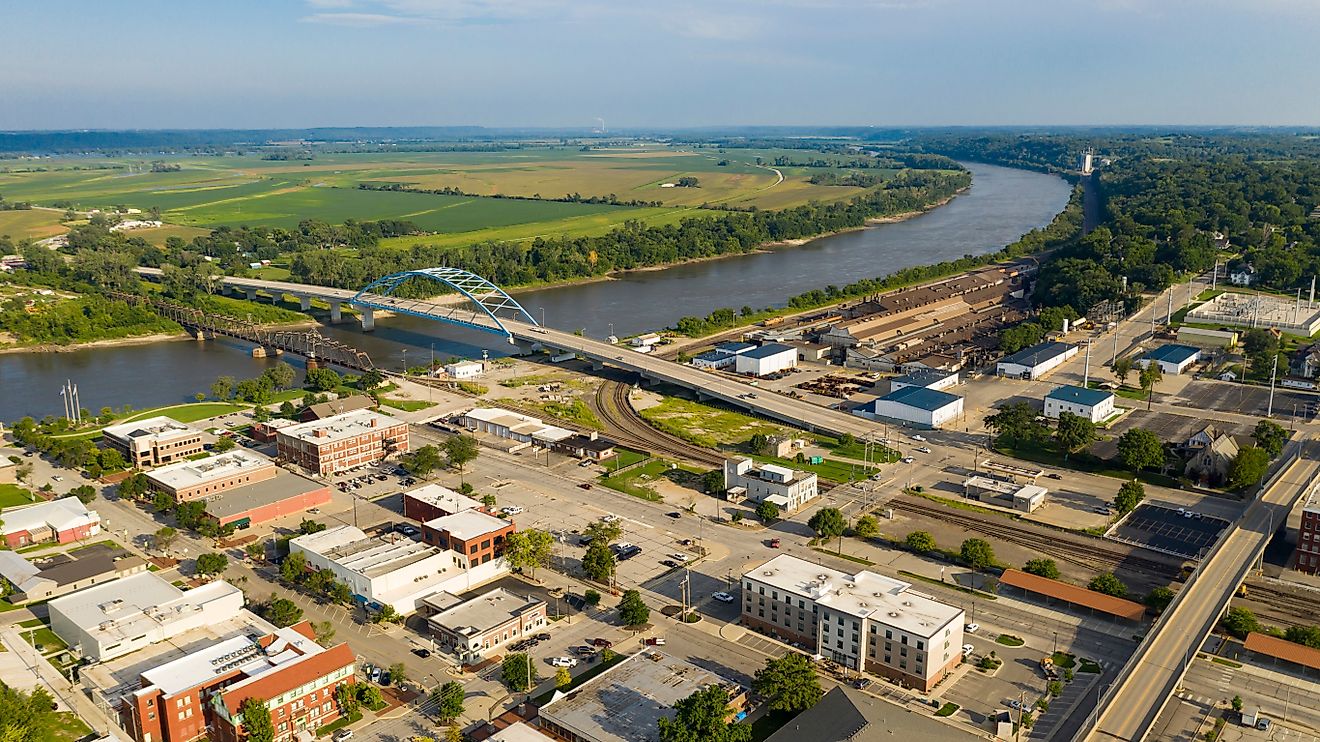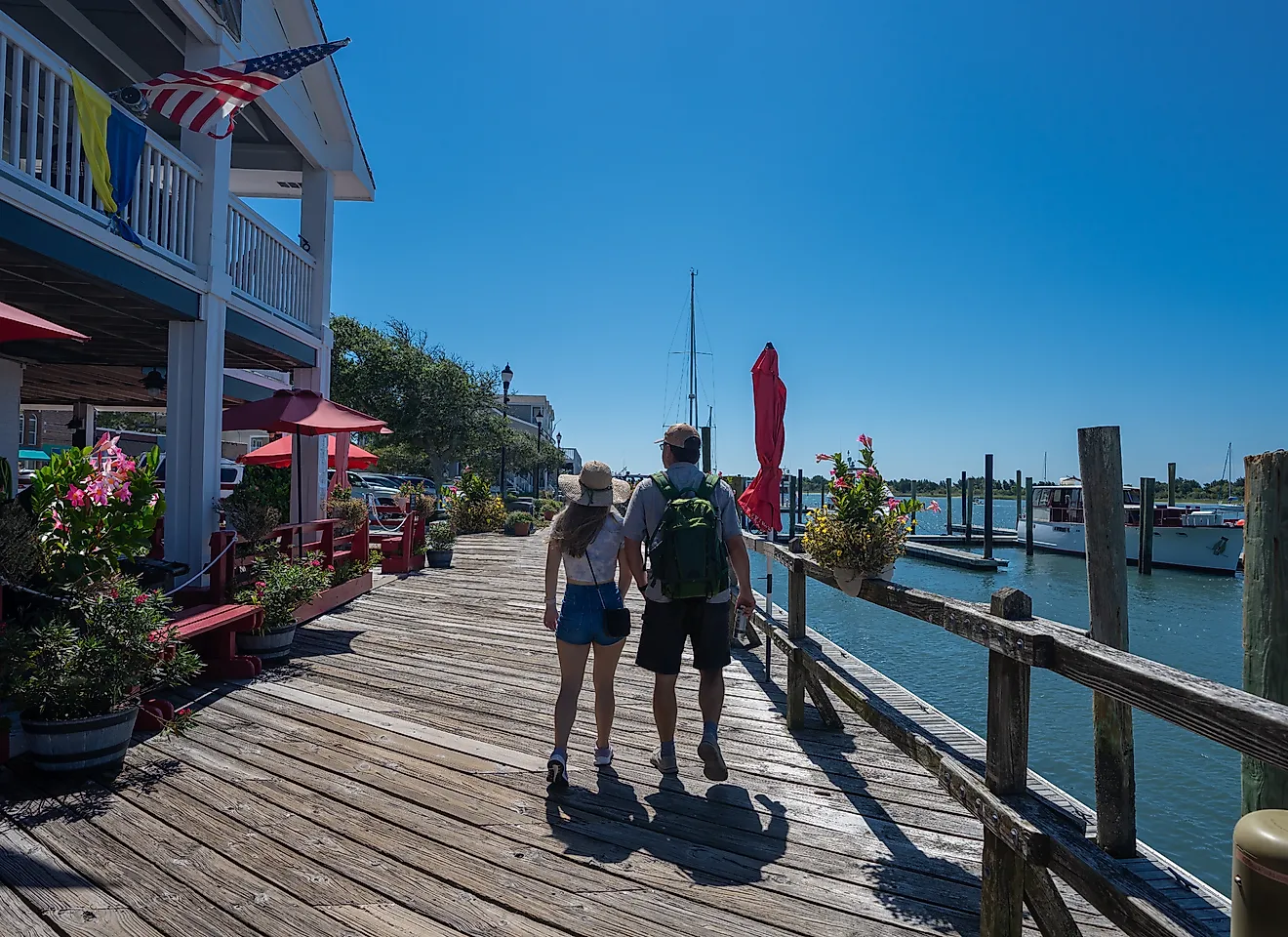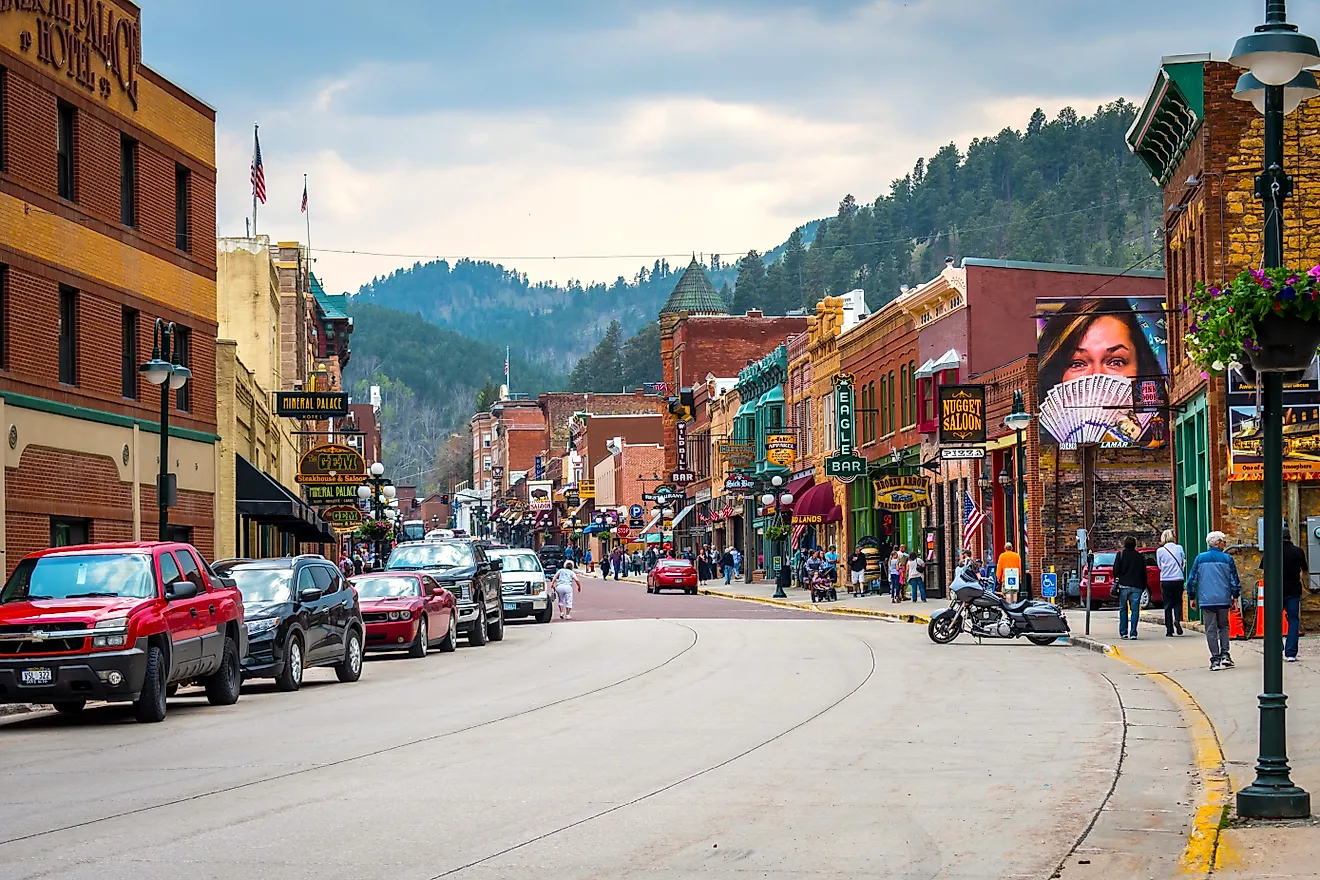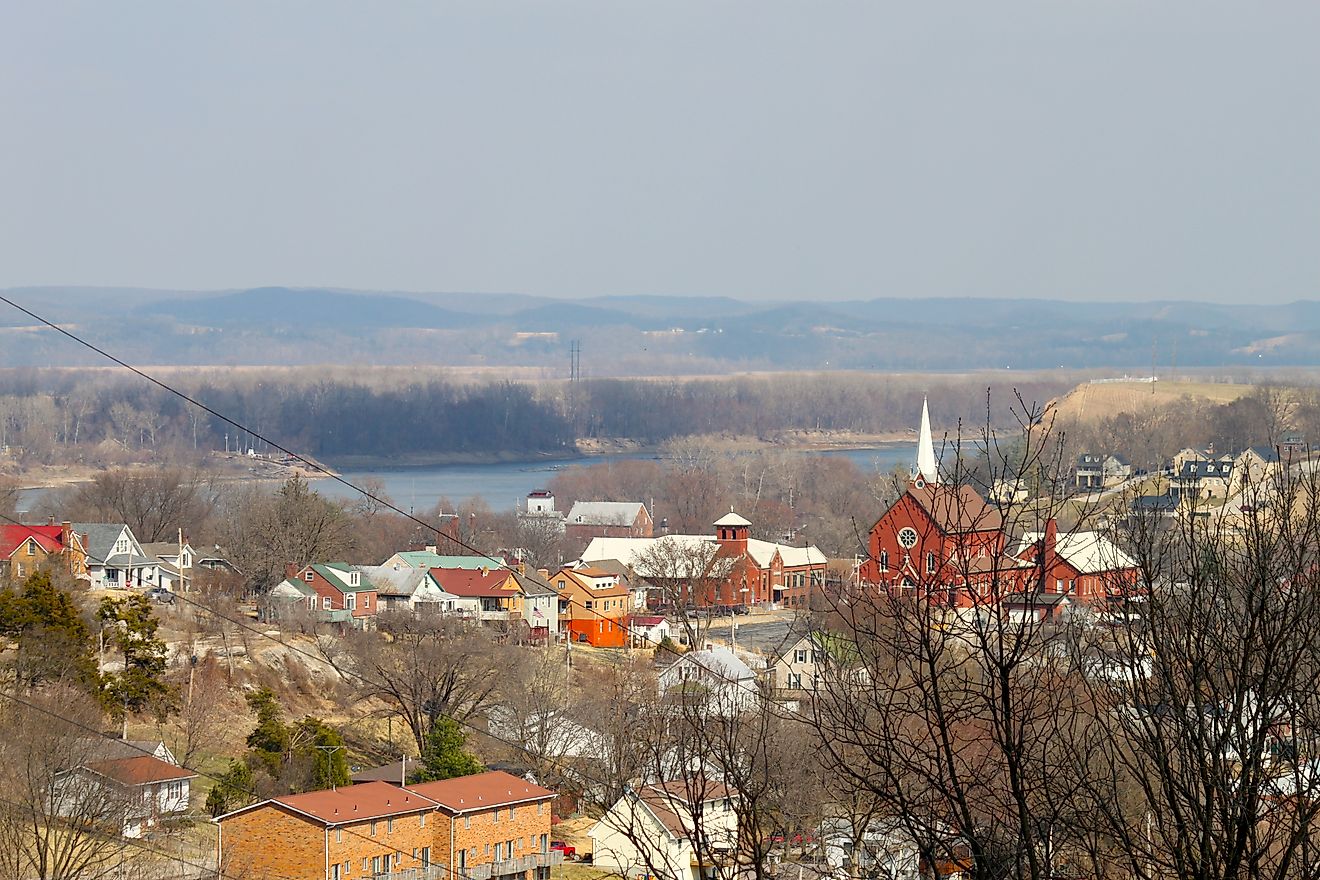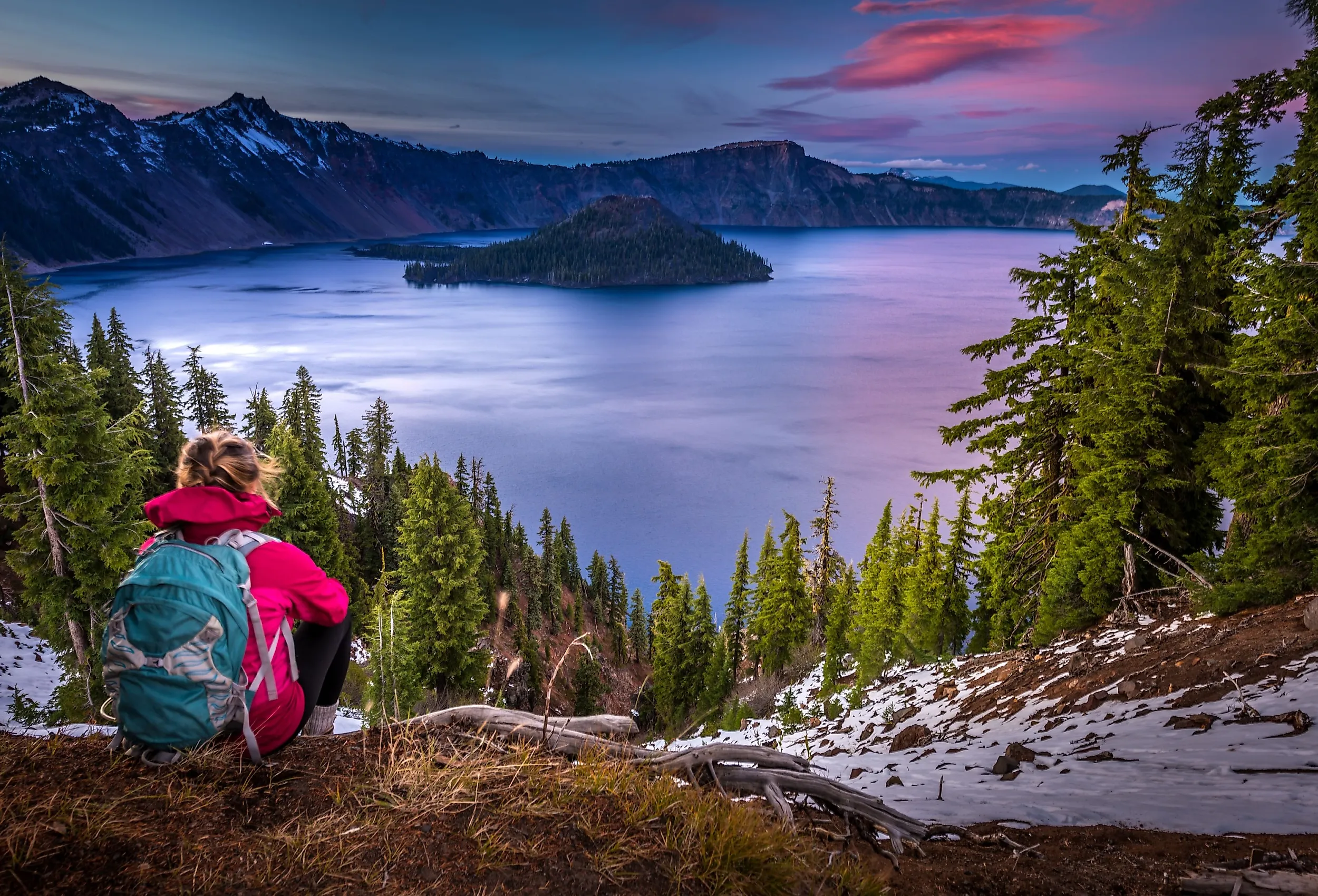
Crater Lake National Park, Home To America’s Deepest Sapphire Waters
Crater Lake is arguably the greatest natural landmark in the United States, with its impossibly blue expanses of water encircled by the towering walls of a former volcano. A destination that has long been the focus of conservation, it today attracts hundreds of thousands of outdoor adventurers every year, both in summer and winter.
Read on to explore what makes this national park so special, in terms of both its geography and tourism aspects. See how you can best enjoy this must-visit attraction in the Pacific Northwest, regardless of the season.
The Fascinating Geography of Crater Lake National Park
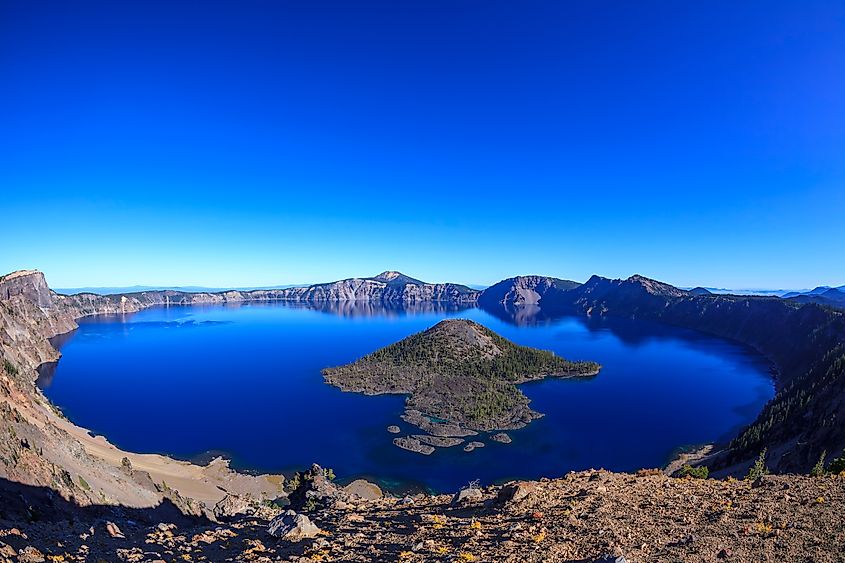
Crater Lake is located within the Cascade Range, a volcanic chain of mountains that stretches from British Columbia in Canada to Northern California. It is situated more specifically in southern Oregon, not far from the California border. At only 6 miles wide, it is surprisingly the deepest lake in the United States, with a maximum depth of 1,949 feet!
The lake occupies the collapsed remains of Mount Mazama, a stratovolcano that erupted spectacularly about 7,700 years ago in one of the largest known volcanic events ever in North America. The eruption emptied Mazama’s magma chamber, causing the summit to collapse inward and form what is known as a caldera. Over time, the caldera filled exclusively with rain and snowmelt, with no other sources of water in or out, giving the lake its extraordinary clarity and its vivid blue color (the latter created by minerals suspended in the lake's water, mixed with its sheer depth).
The area's landscape is now dominated by the steep caldera walls, rising up to 2,000 feet over the water, with rim elevations topping out between 7,000 and 8,000 feet above sea level. Within the lake are several notable volcanic features, including Wizard Island, a cinder cone formed after the main eruption, and Phantom Ship, a rocky island shaped by resistant lava flows.
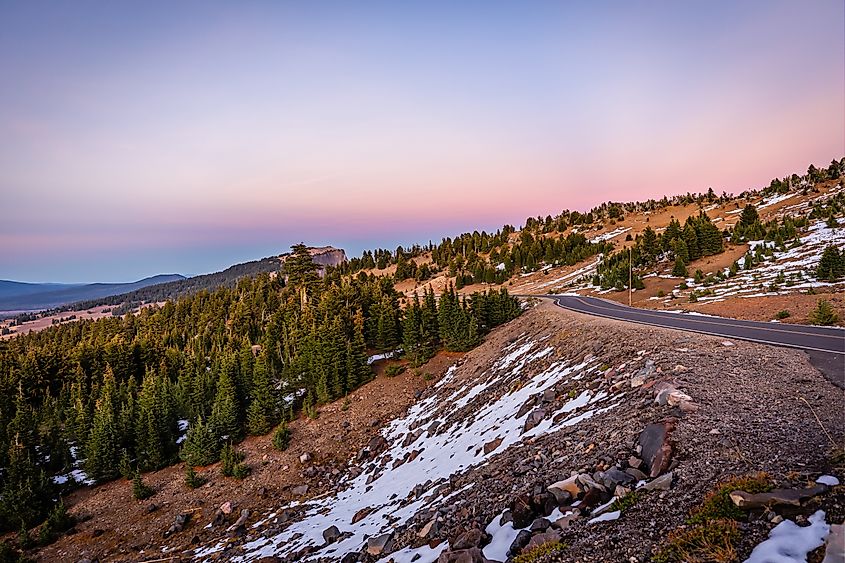
Surrounding Crater Lake is a seemingly endless expanse of forests, meadows, and peaks. Subalpine forests of fir and hemlock cover much of the terrain, while pumice deserts and lava plateaus add some scenic contrasts and mark the volcanic history of the region. Its position along the Cascades also subjects the area to heavy snowfall, averaging more than 41 feet annually!
The Founding and Continuing History of Crater Lake National Park
Crater Lake has long been significant to Native peoples, particularly the Klamath Tribes, who have passed down oral traditions describing Mount Mazama’s long-ago eruption. Euro-American exploration began in and around the mid-19th century, when gold prospectors and settlers first documented the lake in early 1853. Its unusual depth and eye-catching color quickly attracted attention elsewhere, leading to early efforts to protect the site.
In 1886, U.S. Army surveyor Clarence Dutton and a team led by journalist and Crater Lake enthusiast William Gladstone Steel conducted the first systematic mapping of the lake. In fact, Steel, often referred to as the “Father of Crater Lake National Park,” spent almost two decades campaigning for its preservation. His efforts were heavily aligned with the growing national conservation movement of the late 1800s.
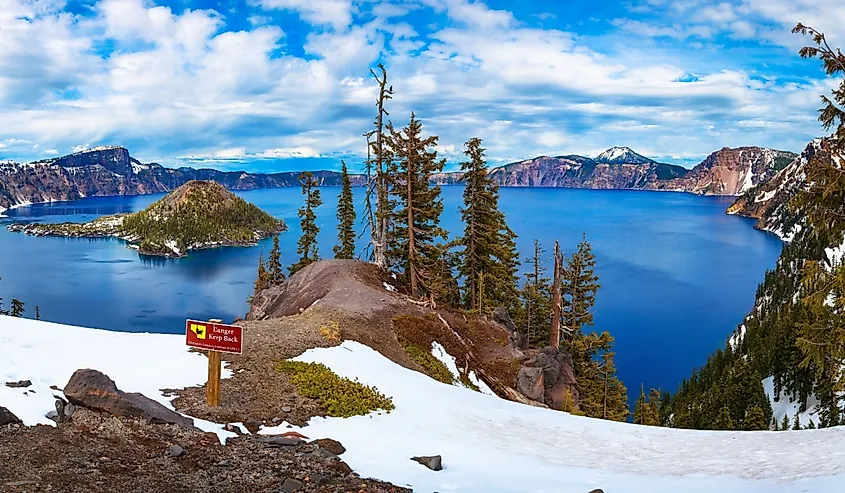
Finally, on May 22, 1902, President Theodore Roosevelt signed the legislation establishing Crater Lake as the nation’s fifth national park, and the first in Oregon. Since then, the park has balanced preservation with accessibility for all who want to see its sapphire waters, developing roads such as Rim Drive while maintaining its natural integrity.
Over the years, it has become both a vital scientific resource and a leading symbol of what is one of America's greatest inventions: the National Park System.
The Best Ways To Experience this Natural Wonderland

Visitors have several ways to experience this renowned parkland, each offering a different perspective of the lake and its surrounding terrain. One of the most popular (and easiest) approaches is driving the 33-mile Rim Drive, a seasonal road that circles the rim and provides more than 30 overlooks. From late June to October, when snow conditions allow, this route gives you convenient access to sought-after viewpoints such as Watchman Overlook and Cloudcap.
Hiking
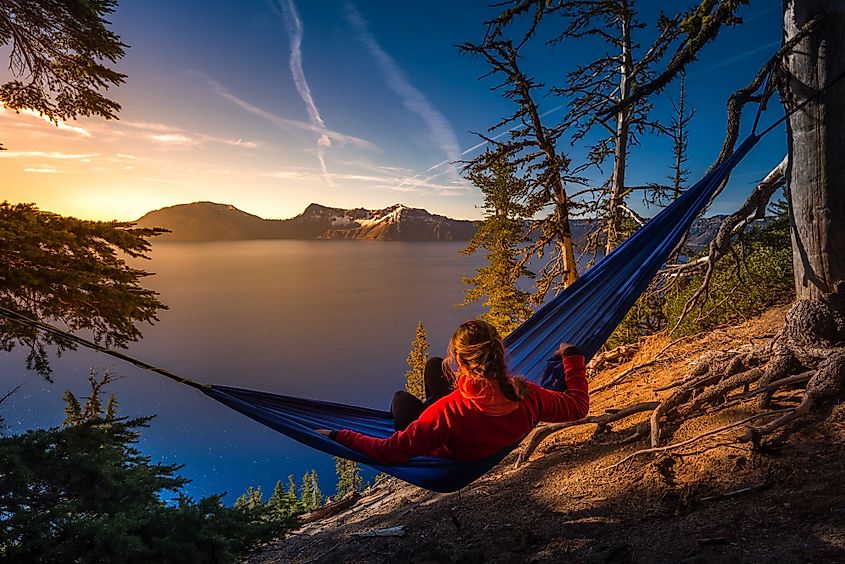
For those who prefer hiking, the park maintains over 90 miles of trails ranging from short walks to full-day treks. Note that the Cleetwood Cove Trail is the only legal access to the lake’s shoreline, descending 700 feet to a boat dock where tours depart for Wizard Island. It is also only 1.1 miles long, making it easily doable in an afternoon.
Other trails, such as Garfield Peak and Mount Scott, climb to high elevations, offering more expansive views across the Cascades. Be sure to always bring appropriate footwear, as not all pathways are paved, or even consistently maintained, for that matter.
On the Water
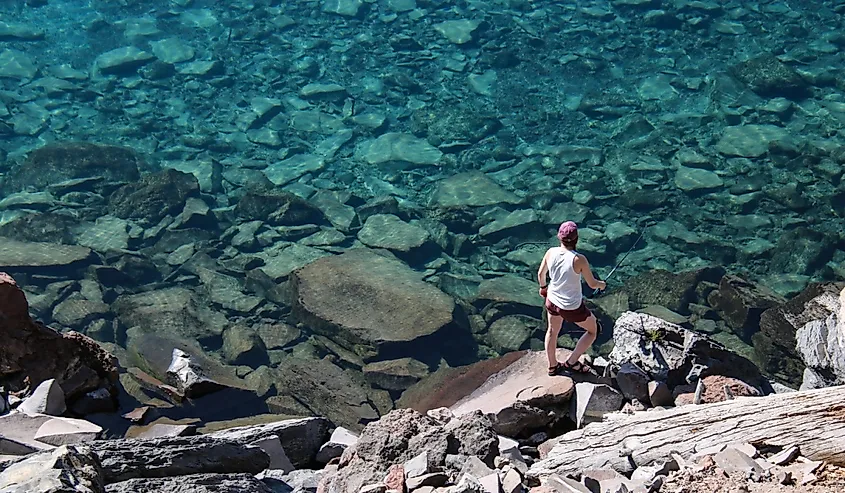
Boat tours, typically available in summer, allow you to really explore the interior of the caldera of Crater Lake up close. Options include circumnavigating the lake or landing on Wizard Island, where trails lead to the island’s summit and other lava formations. Ranger-led programs often accompany these excursions, adding informative context to the geological story of Mount Mazama.
Unfortunately, you cannot bring your own craft onto the water, whether it be a kayak or a motorboat. This is to maintain the lake's pristine qualities and to help prevent the introduction of invasive species.
Winter Exploration
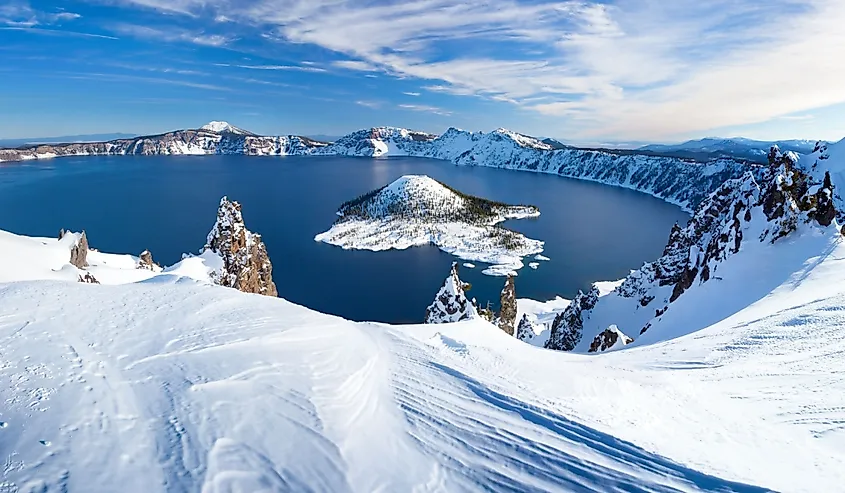
In winter, Crater Lake transforms into a hotspot for snowshoeing and cross-country skiing. Heavy snowfall creates ways for you to travel along portions of the Rim Drive under quiet, more remote-feeling conditions. If you'd like some guidance or are new to getting around on foot in the snow, various Ranger-guided snowshoe walks are scheduled throughout the season. This program helps introduce visitors to the region's winter ecology, while also ensuring safe travel practices through deep snow.
Want to Stay the Night?
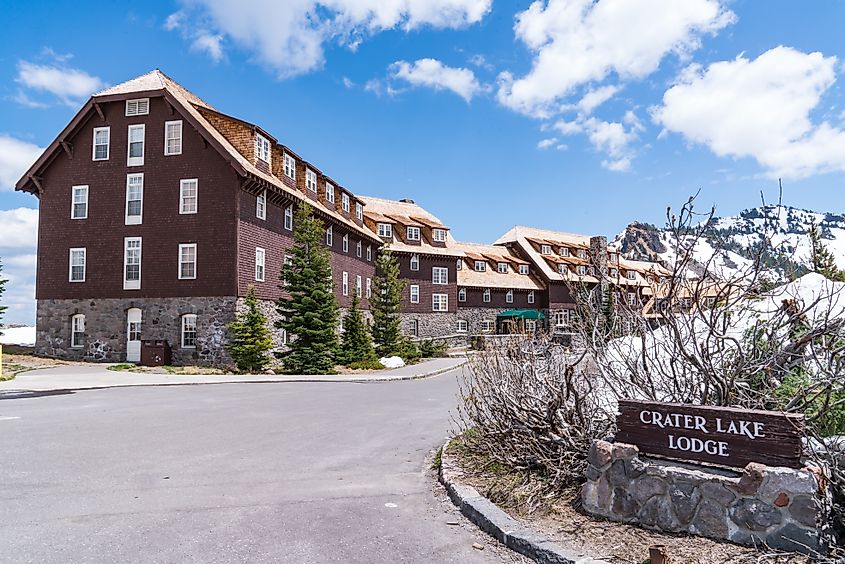
Crater Lake National Park offers very limited lodging within its boundaries, primarily located at two main sites. The historic Crater Lake Lodge, perched right along the rim, operates seasonally and provides rooms with direct views of the lake. On the other hand, Mazama Village, near the park’s southern entrance, includes a campground with more than 210 sites, rustic cabins, and a small supply store. These facilities book quickly during summer, making it essential to reserve early.
Outside the park, additional options can be found in nearby towns such as Fort Klamath, Prospect, and Chemult, ranging from motels to bed-and-breakfasts. Klamath Falls, about an hour and a half south, has perhaps the most extensive selection of hotels and services around, accommodating visitors in need of more robust amenities while still remaining within easy reach of the park.
Plan Your Visit to Crater Lake National Park Today
Even with all the info above in mind, Crater Lake must be seen in person to be fully appreciated. Yes, pictures say a thousand words, but the fresh air, the cool mountain breezes, the warm kiss of the sun at the park's high elevations cannot be missed. Not to mention, the plethora of other activities that can only be experienced when you decide to see this must-visit natural feature on the West Coast for yourself.
